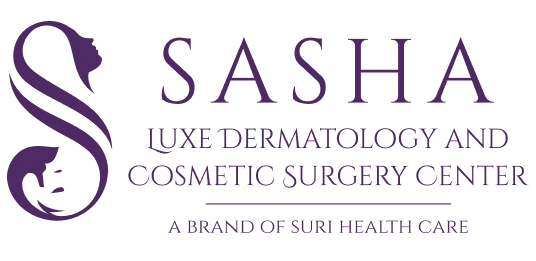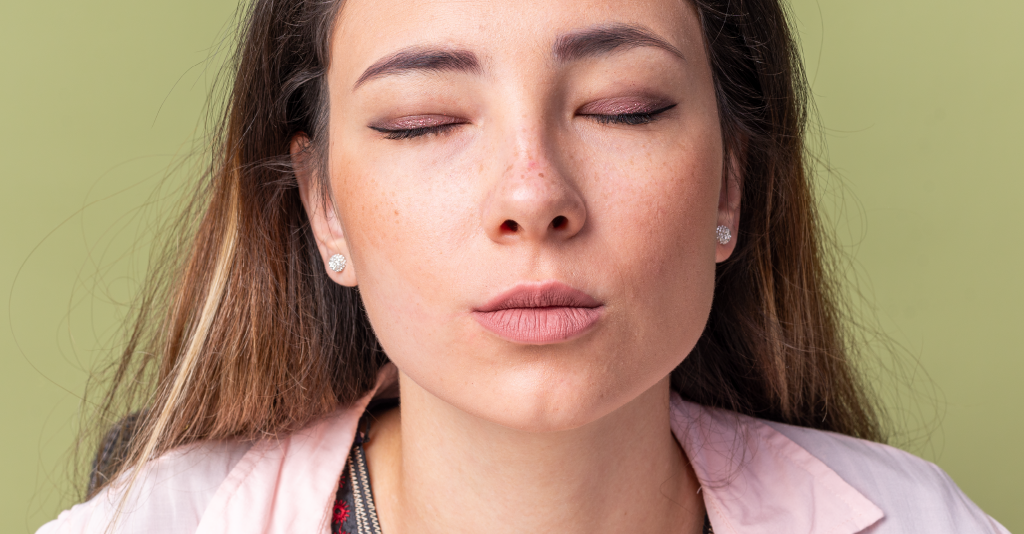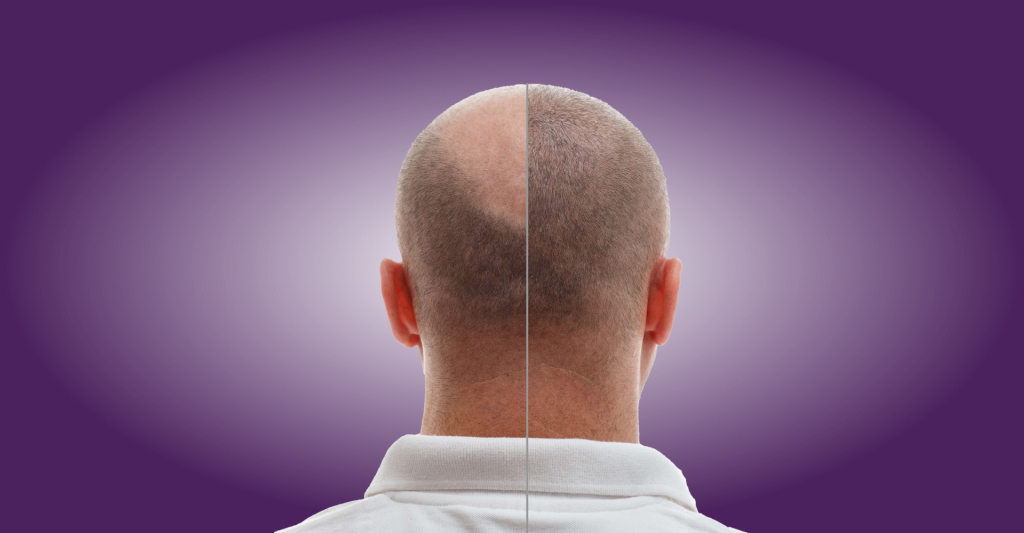Removing scars on nose can be a gradual process and the effectiveness of treatments can vary depending on the type and severity of the scars. Here are some common methods that may help reduce or remove scars on the nose.
Removing scars on nose can be a gradual process, and the end result may vary depending on the type and severity of the scars.
In this article, we’ll go over the ins and outs of managing these stubborn scars, from understanding their origins to examining viable remedies. Say goodbye to the hassle of nasal acne scars, and welcome to softer, cleaner skin.
Understanding Scars on the Nose
Scars on the nose can appear in two major ways. The first type of nasal scarring is sunken or “holey” scars, often known as atrophic scars. They can be caused by extremely big open pores, scabs from accidents, or acne. The second type of scar is hypertrophic scar, which is elevated and lumpy. Most hypertrophic scars are created by nose piercing or trauma.
Types of Nose Scars
Here is the list of some common types of scars on the nose; yours can be one of the types.
Hypertrophic Scars: Hypertrophic scars grow at a wound or injury site and are elevated and red. These scars are caused by excess collagen produced during the healing process.
Atrophic Scars: Atrophic scars appear as little dents or pits in the skin. Consider if you have a pimple or a wound on your nose that heals with a little, flattened mark. That’s called an atrophic scar.
Acne Scars: Acne Scars can be atrophic or hypertrophic. You are likely to get a scene scar when you pick, pop or try to squeeze your acne. You get these scars removed forever with the promising service of our acne scar treatment options.
Surgical Scars: It results from a surgical procedure performed on the nose. It leaves a long-lasting mark on the nose, which may or may not fade with time, as skin rejuvenation takes time.
What is the best treatment for nose scars?
These are the most common scar-on-nose treatments:
Topical Treatments:
Treating and minimizing the appearance of pimple scars on the nose involves a combination of skincare, topical treatments, and, in some cases, professional interventions.
Scar Creams/gels: Over-the-counter or prescription creams containing ingredients like silicone, vitamin E, or alpha hydroxy acids may help reduce the appearance of scars over time.
Topical Retinoids: Prescription retinoids like tretinoin can promote skin cell turnover and improve skin texture. These should be used under the guidance of a dermatologist.
1. Dermabrasion or Microdermabrasion:
- Dermabrasion: A more aggressive procedure performed by a dermatologist, which involves the removal of the top layer of skin to encourage the growth of new, smoother skin.
- Microdermabrasion: A less invasive option that exfoliates the outer layer of skin, promoting cell turnover. It may be less effective the growth of new, smoother skin to encourage the growth
2. Chemical Peels:
- Chemical peels involve applying a chemical solution to the skin, which causes it to peel off, revealing smoother skin underneath. Superficial peels may help with mild scarring.
3. Laser Therapy:
- Various laser treatments, such as fractional laser therapy, can target specific layers of skin to stimulate collagen production and improve the appearance of scars.
4. Fillers:
- Injectable fillers can temporarily fill in atrophic scars, providing a smoother skin surface. This is a temporary solution and needs to be repeated.
- Steroid Injections:
- For raised or hypertrophic scars, corticosteroid injections may help reduce inflammation and flatten the scar.
5. Surgical Excision:
- For certain types of scars, surgical excision may be an option. This involves removing the scar tissue and stitching the wound closed.
6. Sun Protection:
- Always use sunscreen with a high SPF to protect your skin from UV rays, as sun exposure can worsen the appearance of scars.
When To Seek Medical Attention?
While many scars can be managed at home or with the help of skin care professionals, it is imperative to know when to seek medical attention. When you notice increased redness, swelling, warmth, or pain in the inflamed regions, quickly consult a healthcare expert, as the infection may spread and cause trouble in the long term. In case the scar is causing you any mental distress, you must seek help. With timely and appropriate intervention, you can manage the concerns well.
Do scars on the nose go away?
The extent to which a scar on your nose fades or disappears is determined by a number of factors, including the type of scar, its depth, and your skin’s natural healing process. While some scars may fade over time with proper care and treatment, total removal is not always possible.
How can I permanently cover up scars?
It’s important to note that the effectiveness of these methods can vary, and complete scar removal may not always be possible. Consulting with a dermatologist or healthcare professional is advisable to determine the most suitable approach based on the type and severity of your scars. Additionally, they can guide products and treatments that align with your skin type and condition.
Does scar cream work?
Scar creams with research-backed components like silicone and allantoin may be beneficial in healing wounds and scar tissue. However, these products do not work overnight. It may take weeks or months to detect a noticeable difference in skin, significantly since wounds and scars vary in size and depth.
Conclusion:
It’s essential to consult with a dermatologist or plastic surgeon to determine the most appropriate treatment option for your specific situation. They can assess the type and severity of your scars and recommend a personalized treatment plan to help you achieve the best possible results.
Experts at Sasha Luxe, can help you remove those stubborn scars on the nose. With their laser and acne scar removal treatments performed by experts using advanced technology, they can promise you a clear and bump-free nose.













